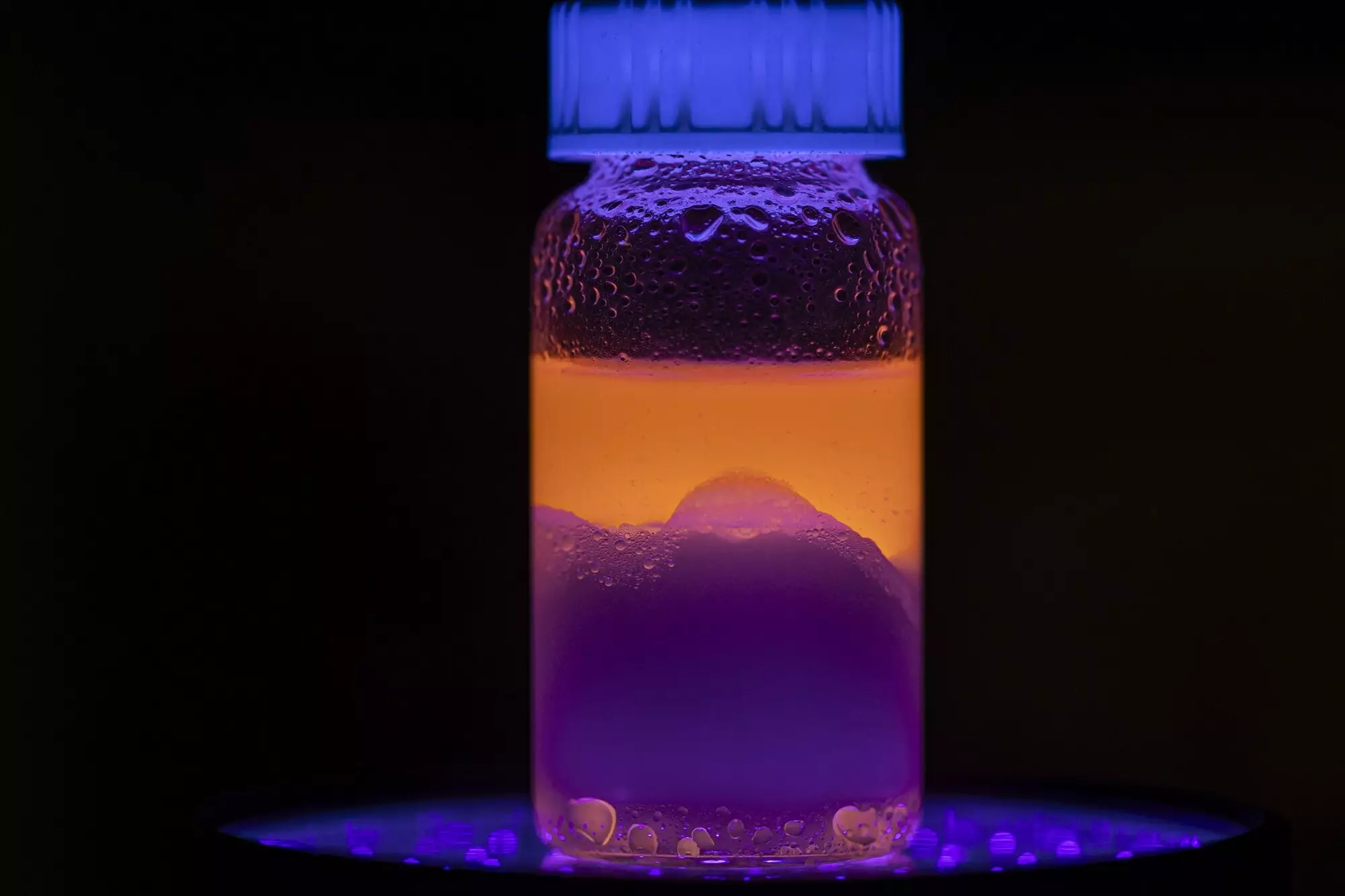In recent years, the proliferation of plastic waste has ignited widespread concern regarding environmental sustainability. Among the lesser-known but equally alarming byproducts of plastic pollution are nanoplastics—minute fragments, often measuring less than 100 nanometers in size, rendering them invisible to the human eye. Although ostensibly harmless due to their minuscule size, emerging scientific findings link these particles to serious health issues, including cardiovascular and respiratory diseases. Hitherto, addressing the issue of nanoplastics has proven to be a daunting task, particularly in terms of effectively removing them from the water sources that sustain life on Earth.
Scientists at the University of Missouri (Mizzou) have taken significant strides to combat this invisible enemy. Their cutting-edge research has yielded a novel liquid solution proficient in eradicating over 98% of nanoplastics from various water bodies. Published in the prestigious ACS Applied Engineering Materials journal, this study provides compelling evidence that the latest advancements in water purification techniques are not only feasible but also essential for safeguarding human health and the environment.
Lead researcher Piyuni Ishtaweera, who completed her doctorate in nano and materials chemistry at Mizzou, emphasized the potential dangers posed by nanoplastics, stating, “These particles can wreak havoc in aquatic ecosystems and infiltrate the food chain, ultimately posing risks for both wildlife and human populations.” Her work underlines the urgency of developing effective strategies to filter out contaminants like nanoplastics from our water supplies.
The Mizzou research team has pioneered a sustainable method for addressing the nanoplastic crisis. Their approach involves utilizing water-repelling solvents derived from natural ingredients. This innovative solution not only effectively targets nanoplastics but also ensures that other harmful substances are not introduced into the water. Associate Professor Gary Baker, the study’s corresponding author, explained that their strategy employs a minimal quantity of specially designed solvents to absorb nanoplastic particles from a vast volume of water, thus allowing for the removal of contaminants without harming water quality.
This process begins with the solvent acting like oil on water, floating on the surface. Once combined and allowed to separate, the solvent readily returns to the surface, laden with the nanoplastic particles, which can then be siphoned off, resulting in clean, plastic-free water. Baker acknowledged the key objective of future studies would be to scale up this technology for broader applications in larger bodies of water, such as lakes and oceans.
The implementation of this new method carries far-reaching implications not only for environmental sustainability but also for public health. In addressing nanoplastic pollution, researchers like Ishtaweera aim to build on existing filtering technologies while providing significant insights into the behavior of nanomaterials. She stated, “The development of effective removal methods stimulates innovation in filtration technologies and contributes to shaping sound environmental policies.”
Significantly, the solvents used in this groundbreaking research are safe and non-toxic, ensuring that the purification process does not introduce further contamination into our water sources. This alignment with sustainability makes the approach particularly appealing as concerns surrounding plastic pollution increasingly dominate discourse related to environmental conservation.
With a pressing need to tackle the microplastics challenge, the research conducted at Mizzou serves as a beacon of hope in the fight against water pollution. By effectively testing various sizes of polystyrene-based nanoplastics, commonly found in products like Styrofoam cups, the researchers demonstrated their method’s adaptability and efficacy, surpassing previous studies geared towards only specific particle sizes.
As the initiative continues, collaboration among scientists, governmental agencies, and the wider community is essential for propelling these advancements into practical, real-world applications. The implications for improving water quality and public health remain paramount in the ongoing efforts to mitigate the impacts of nanoplastics in our environment. Through ongoing research and innovation, there is hope that the threat posed by nanoplastics can be effectively controlled, leading to cleaner water for future generations.

